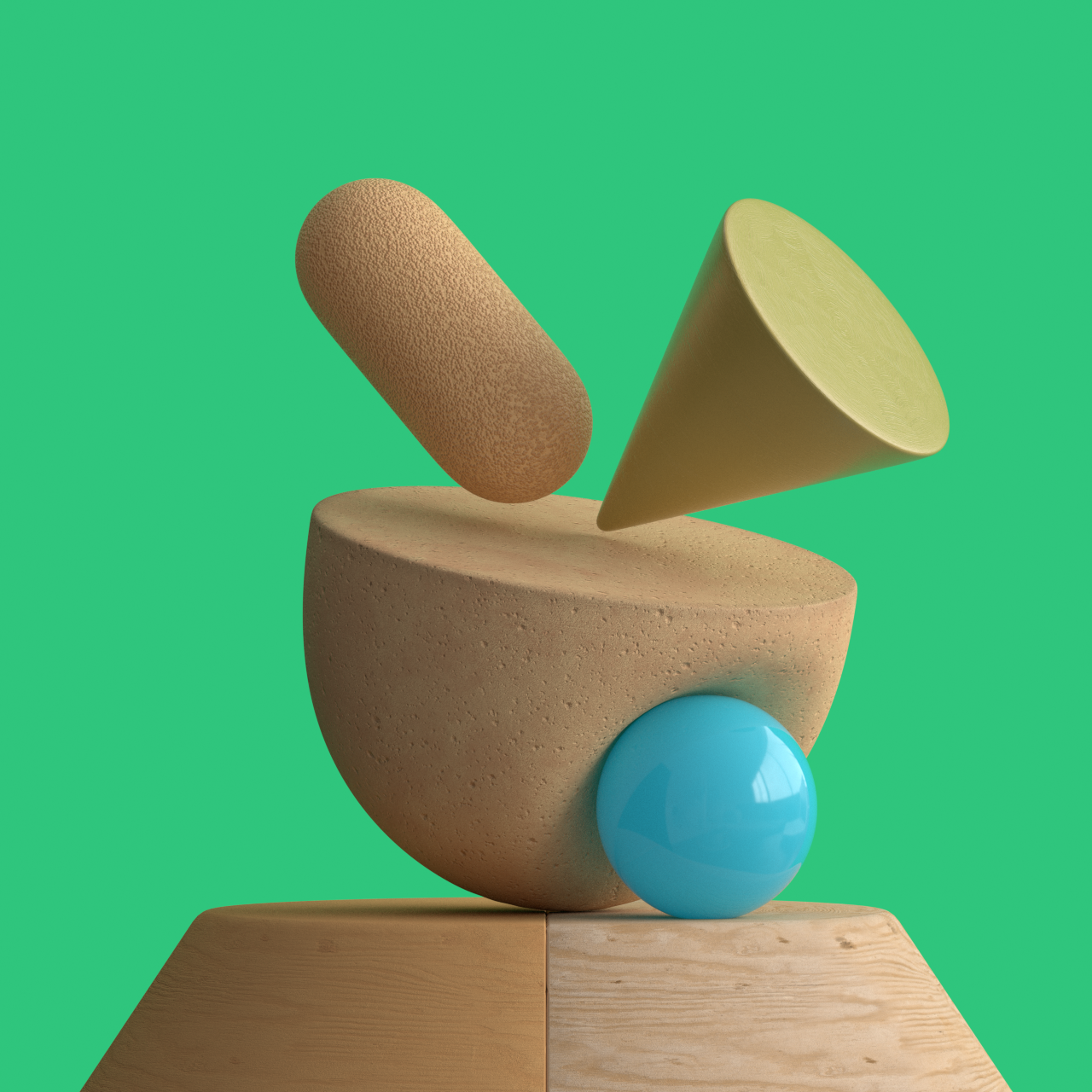Microsoft Avatars
In today's reality it is easy to see how digital experiences can help us stay connected with one another, not just for learning at school, collaborating at work, but also uniting friends and family at home. While the technology has incredibly positive effects, screen and physical exhaustion are real problems that people experience too. As I read articles on this topic and even saw first hand at home through the lens of my family’s experience.
In the fall of 2020, I started an experiment with a few colleagues at Microsoft where we explored non-humanoid avatars that customers could potentially choose to use during a meeting. The goal here was to be as inclusive as possible of gender, race, ethnicity, or age, we're exploring avatars that aren’t human, but still convey human feelings and expressions.
To achieve this direction, we chose a set of universal shapes and primitive forms that could be combined and recombined to simulate human silhouettes and emotions, creating more dynamic forms of presence.
Our first explorations were quite minimal as we challenged ourselves to simulate human expressions with the smallest amount of shapes possible.
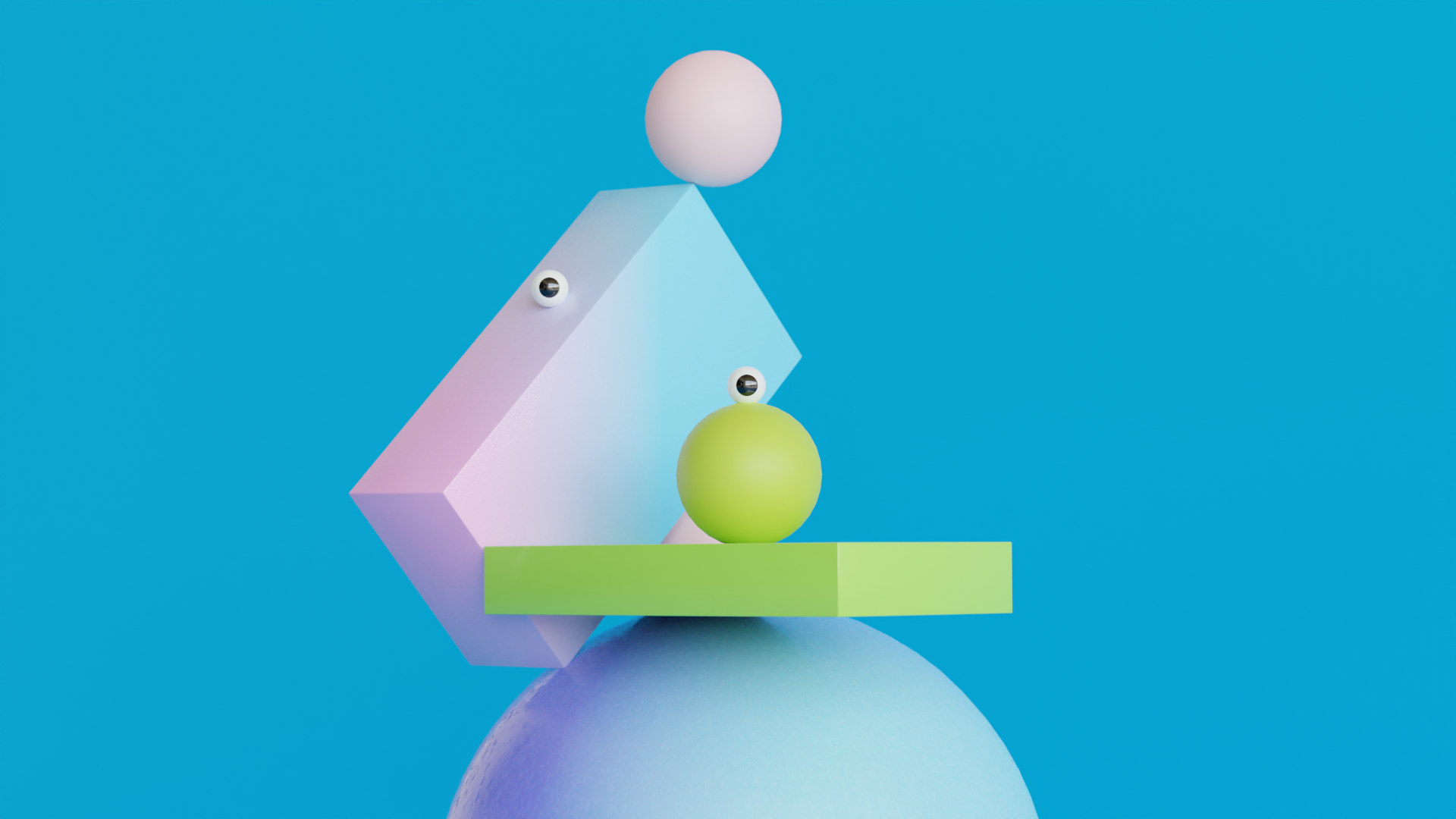

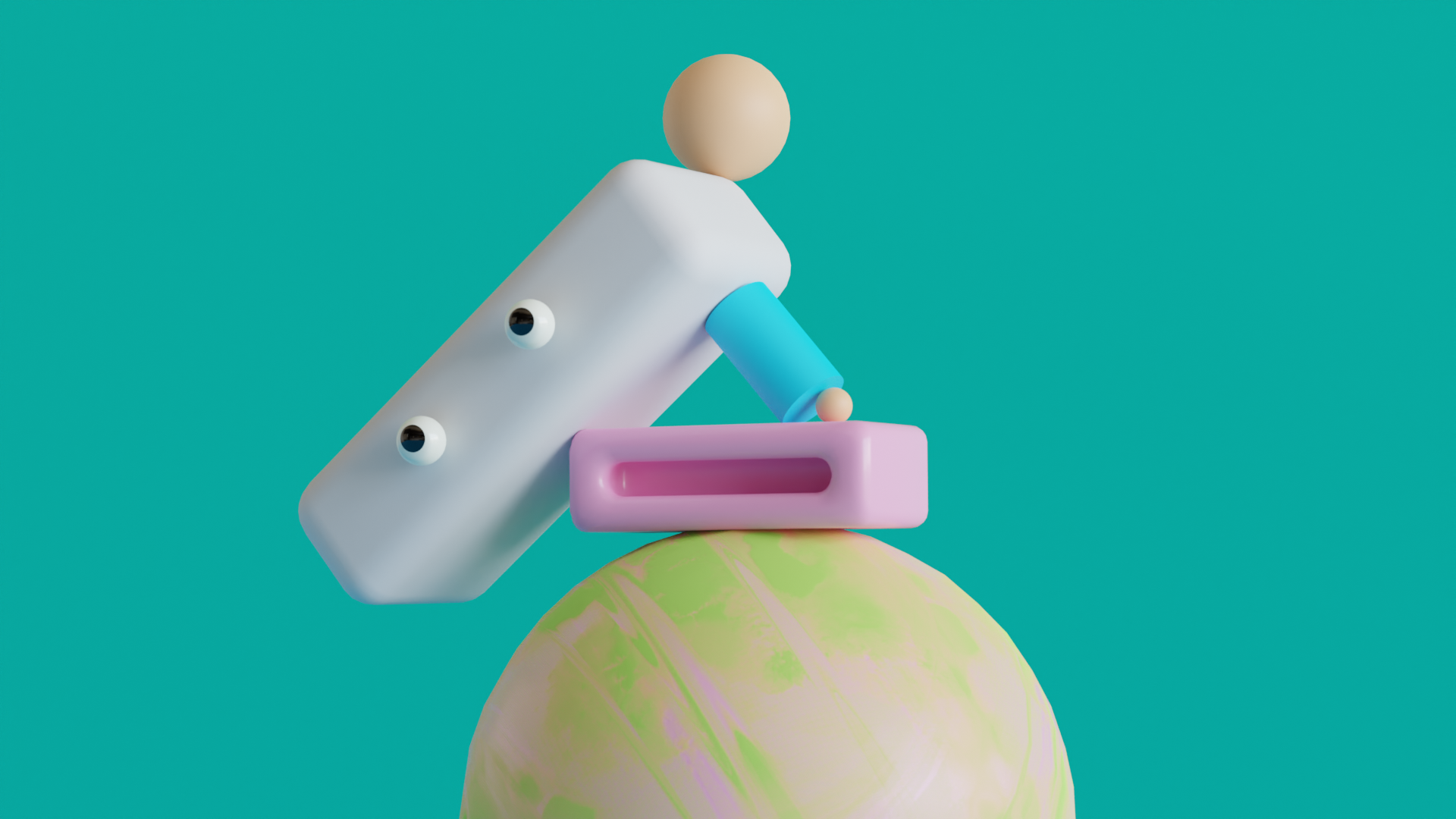
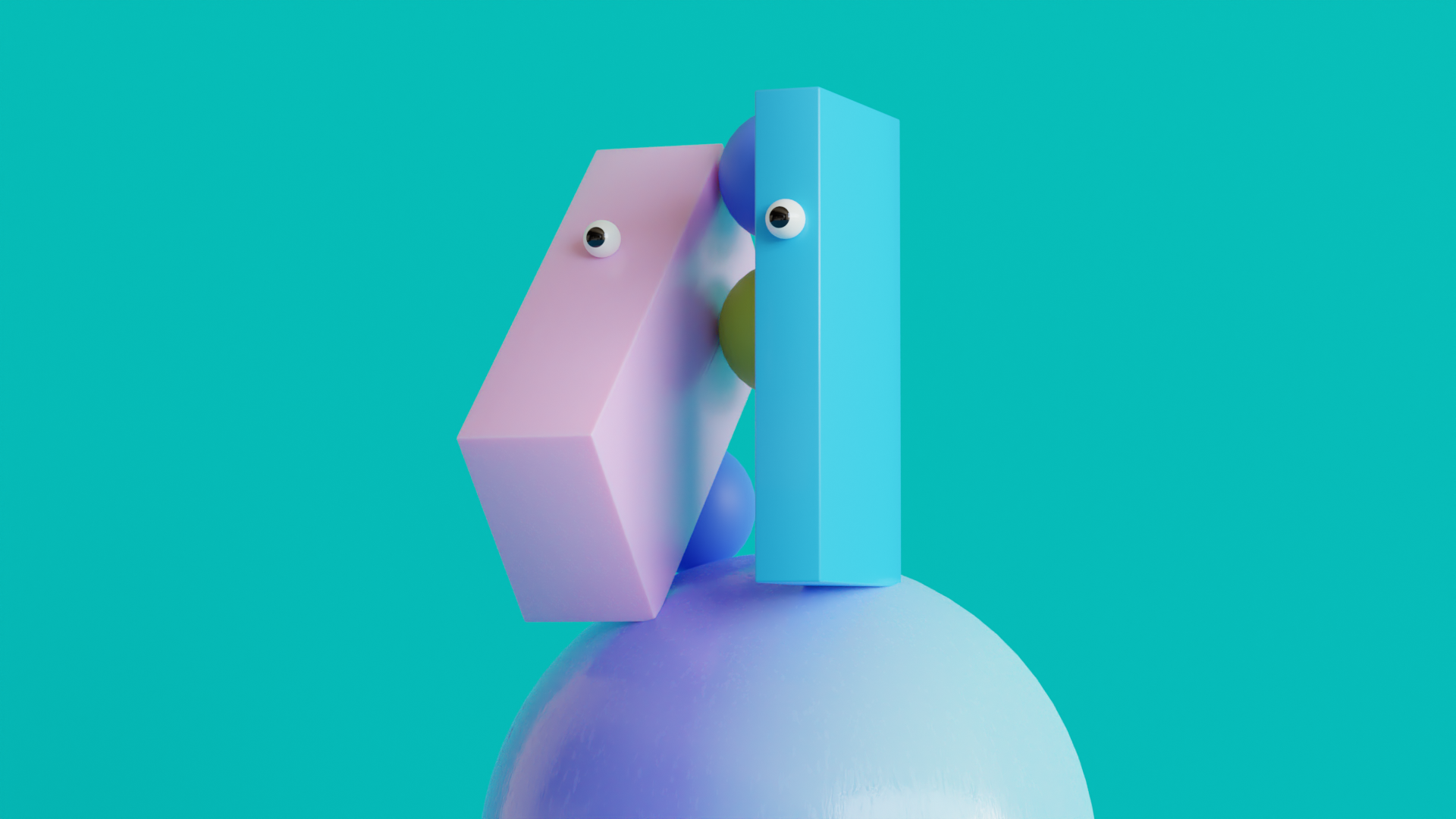





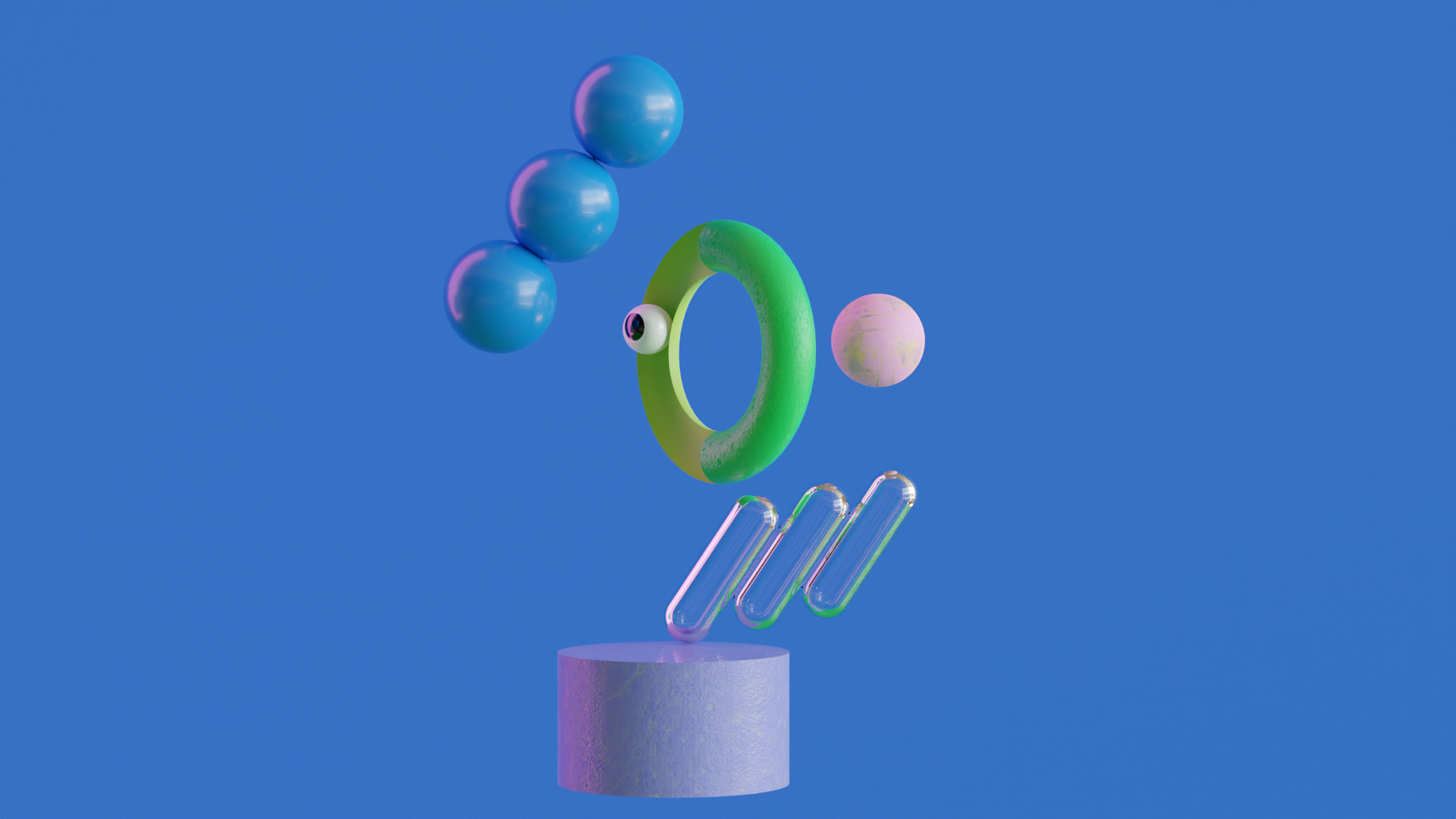


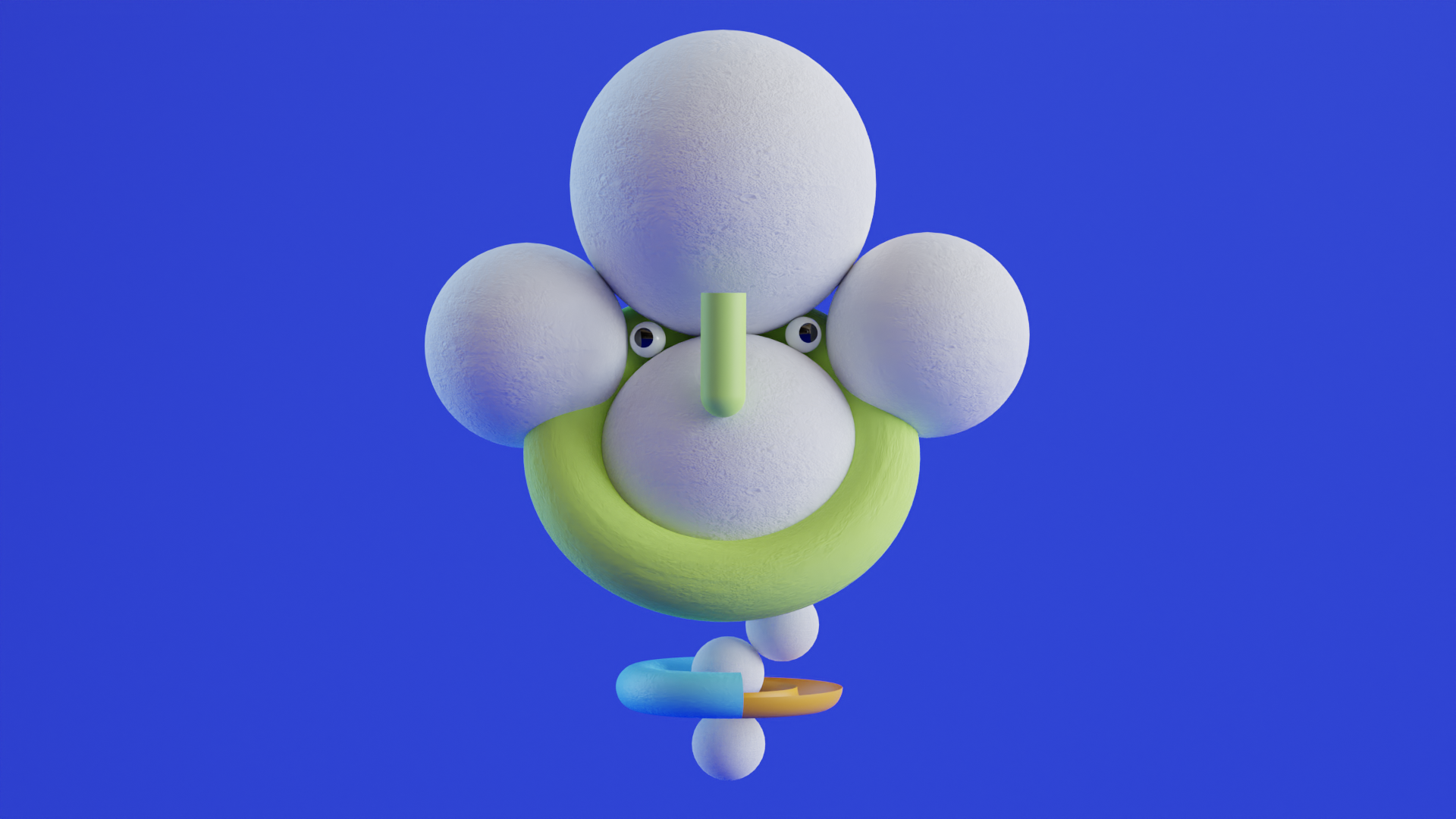
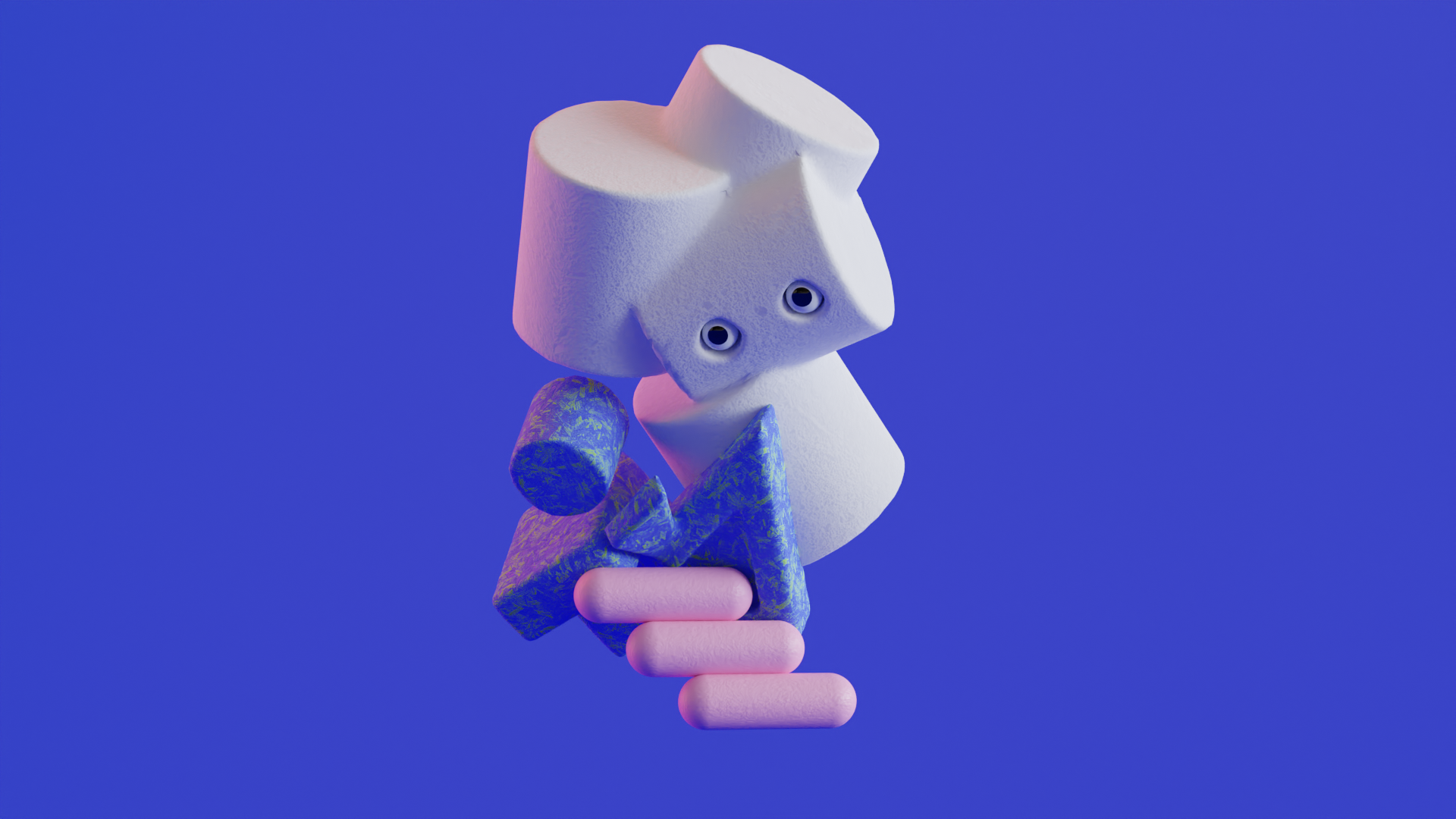
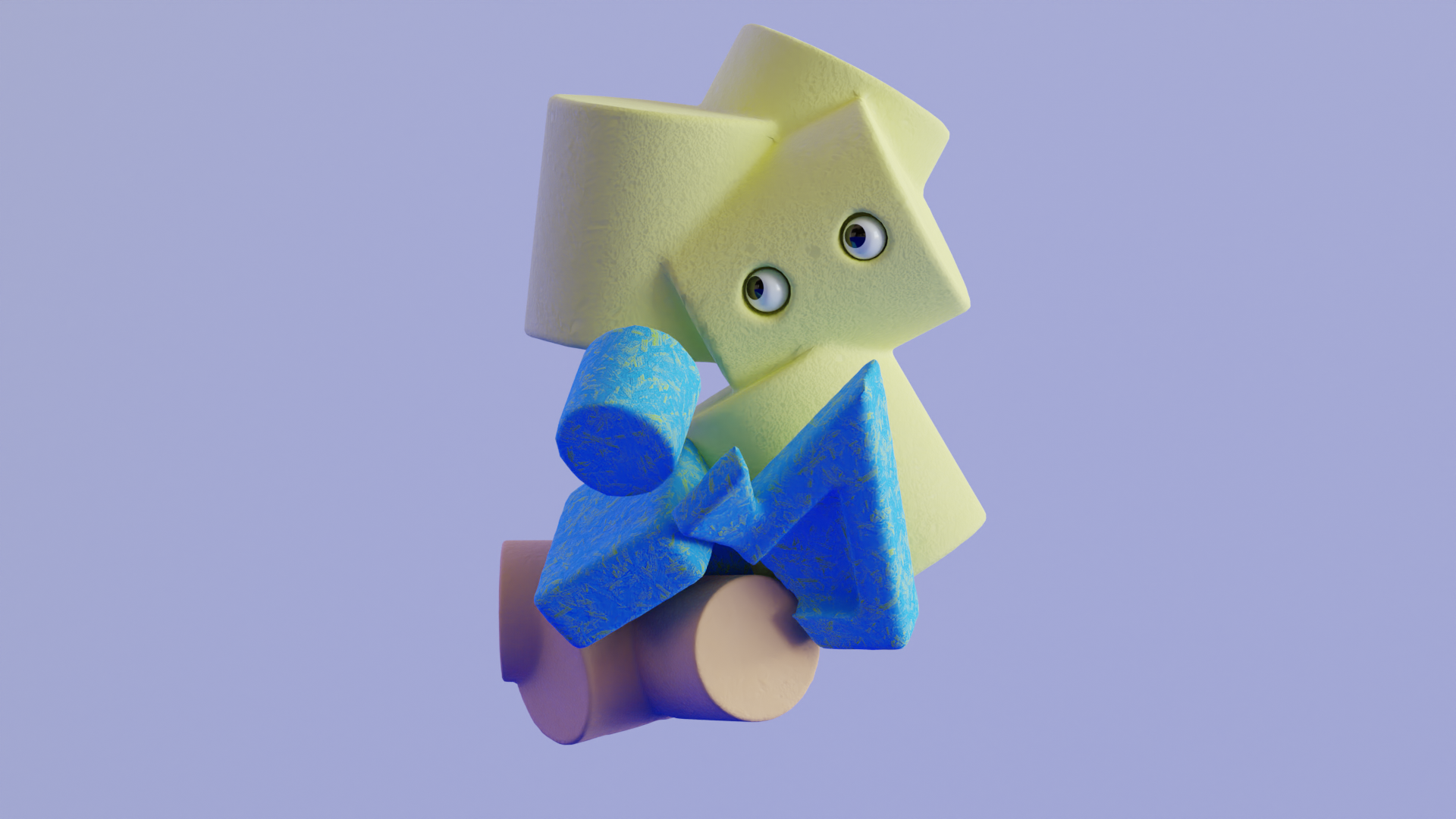
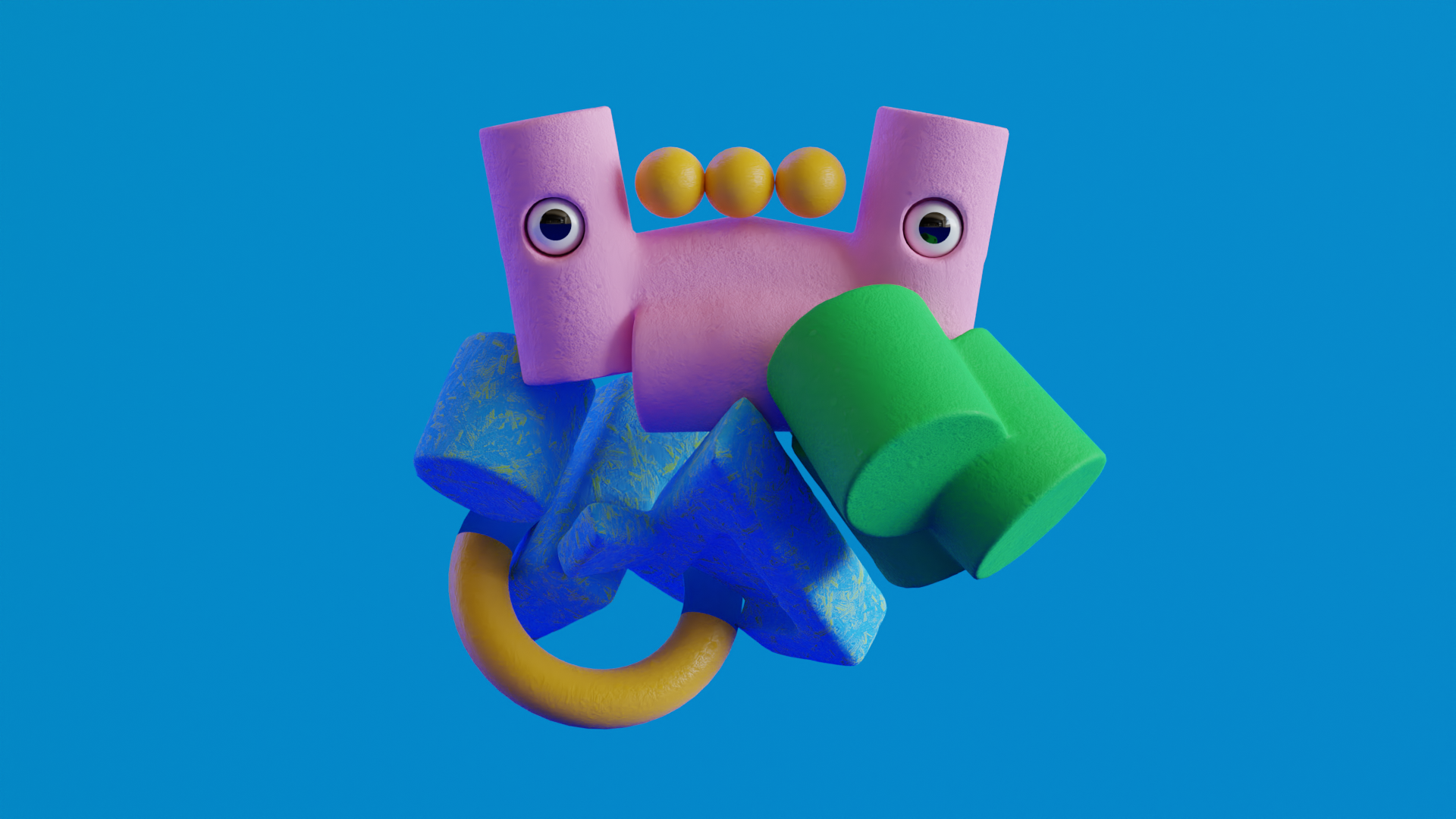
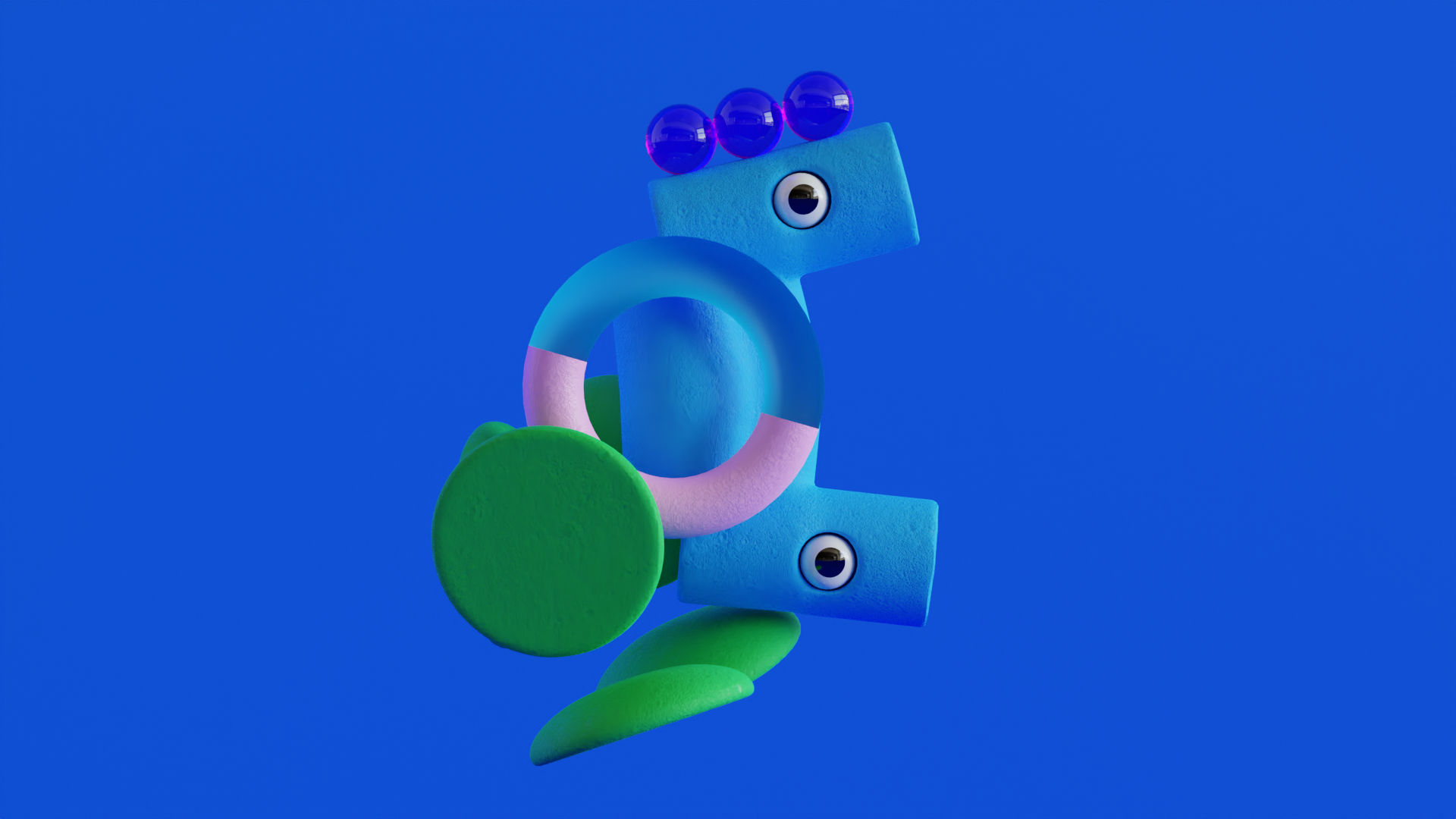


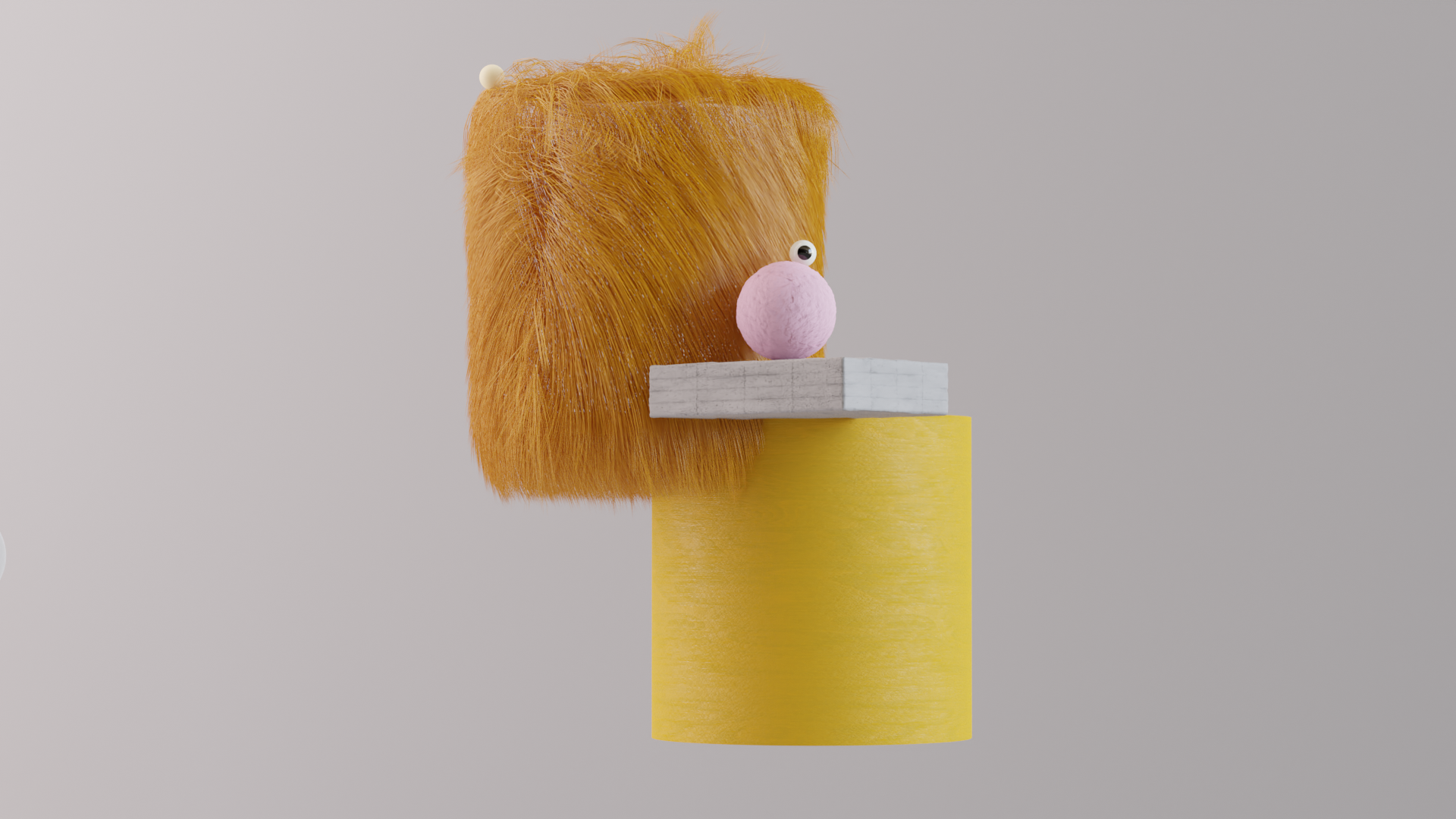

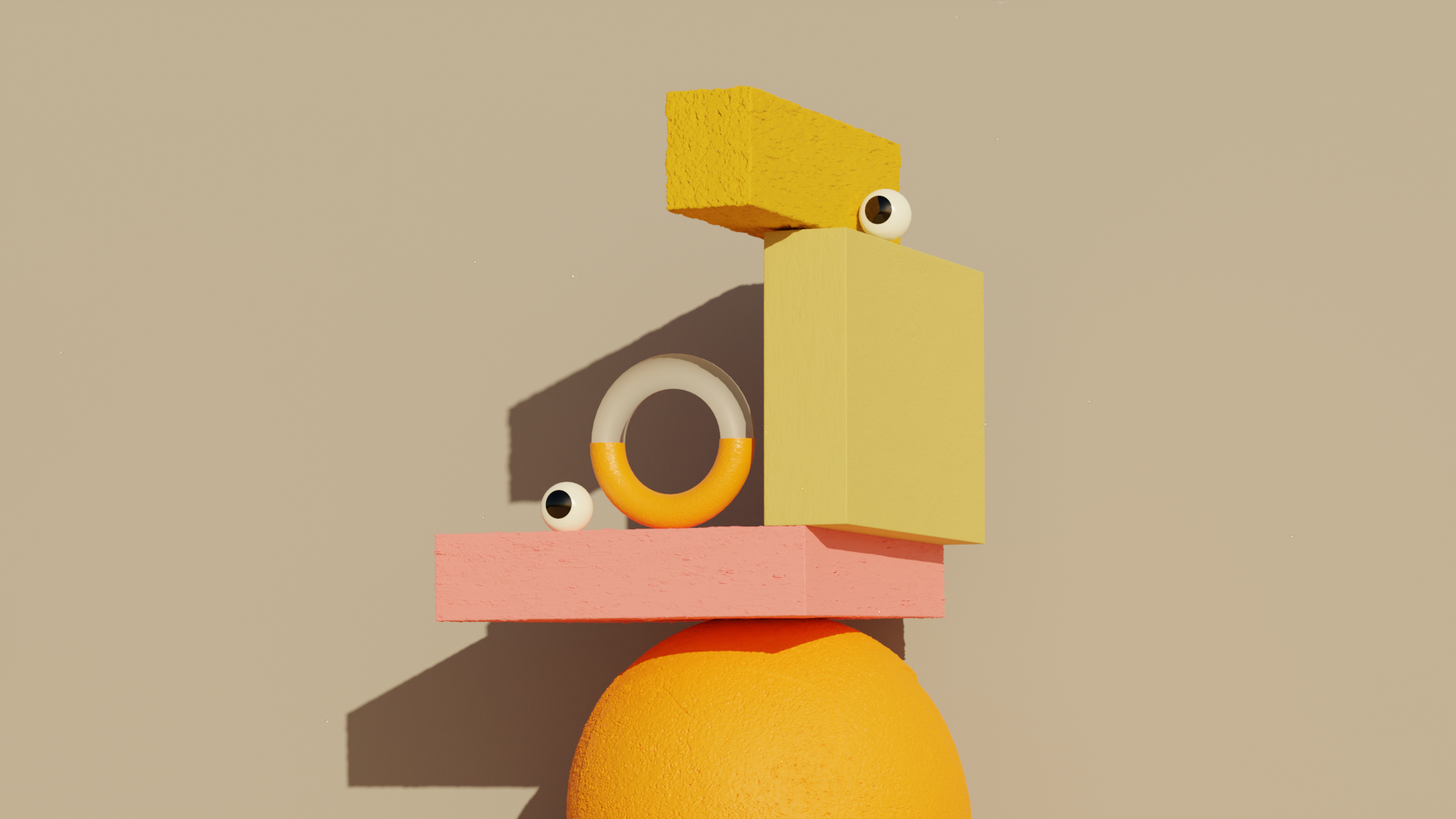



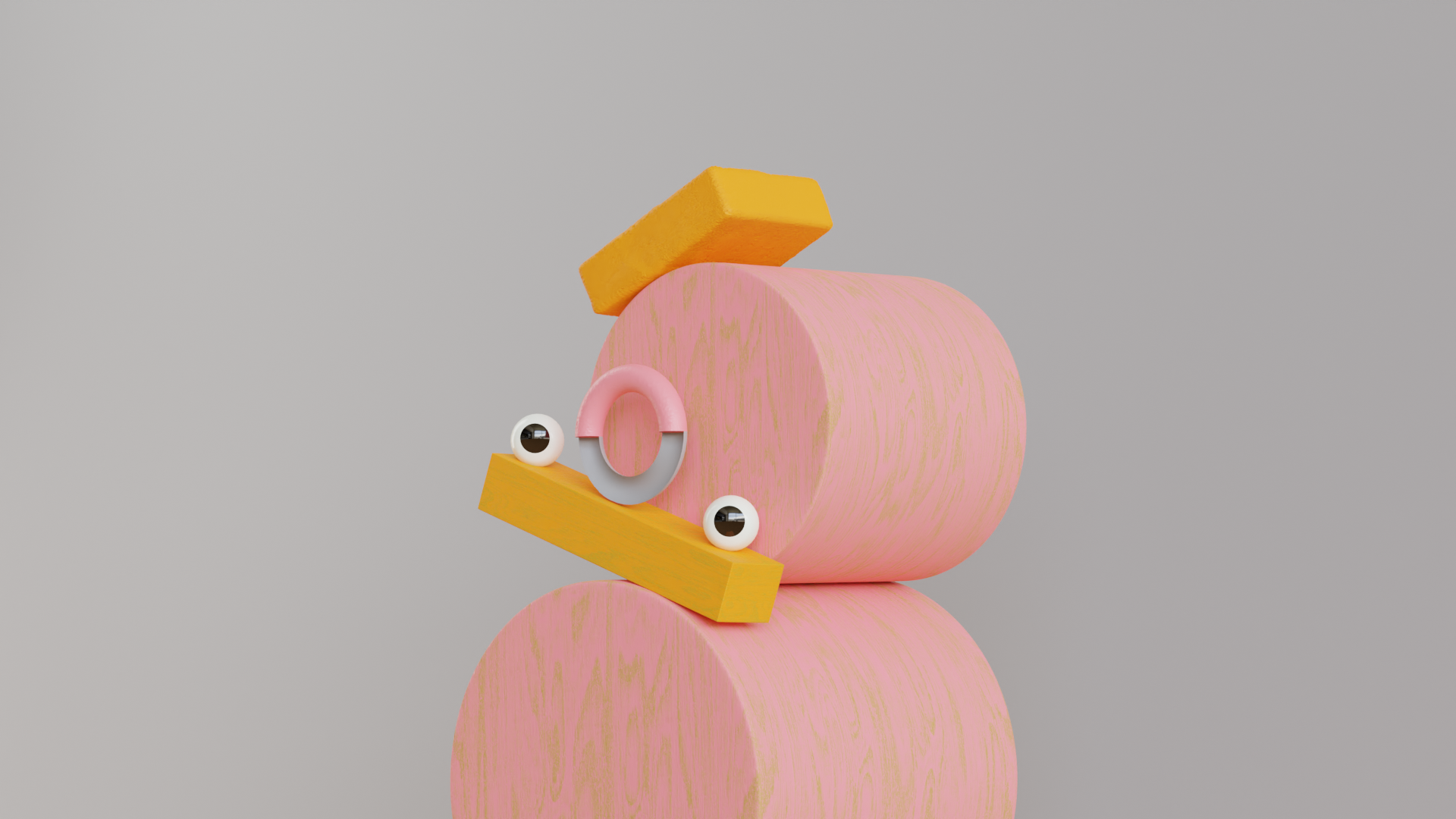




Below are some early motion experiments to explore reactions, talking movement and idle behaviors, which would come to life during a video call.
As a way to further humanize the characters, we leaned on real-world materials and textures, emulating familiarity and warmth with fabrics, wood and soft rubber materials, all of which contributed to the playfulness we were hoping for.
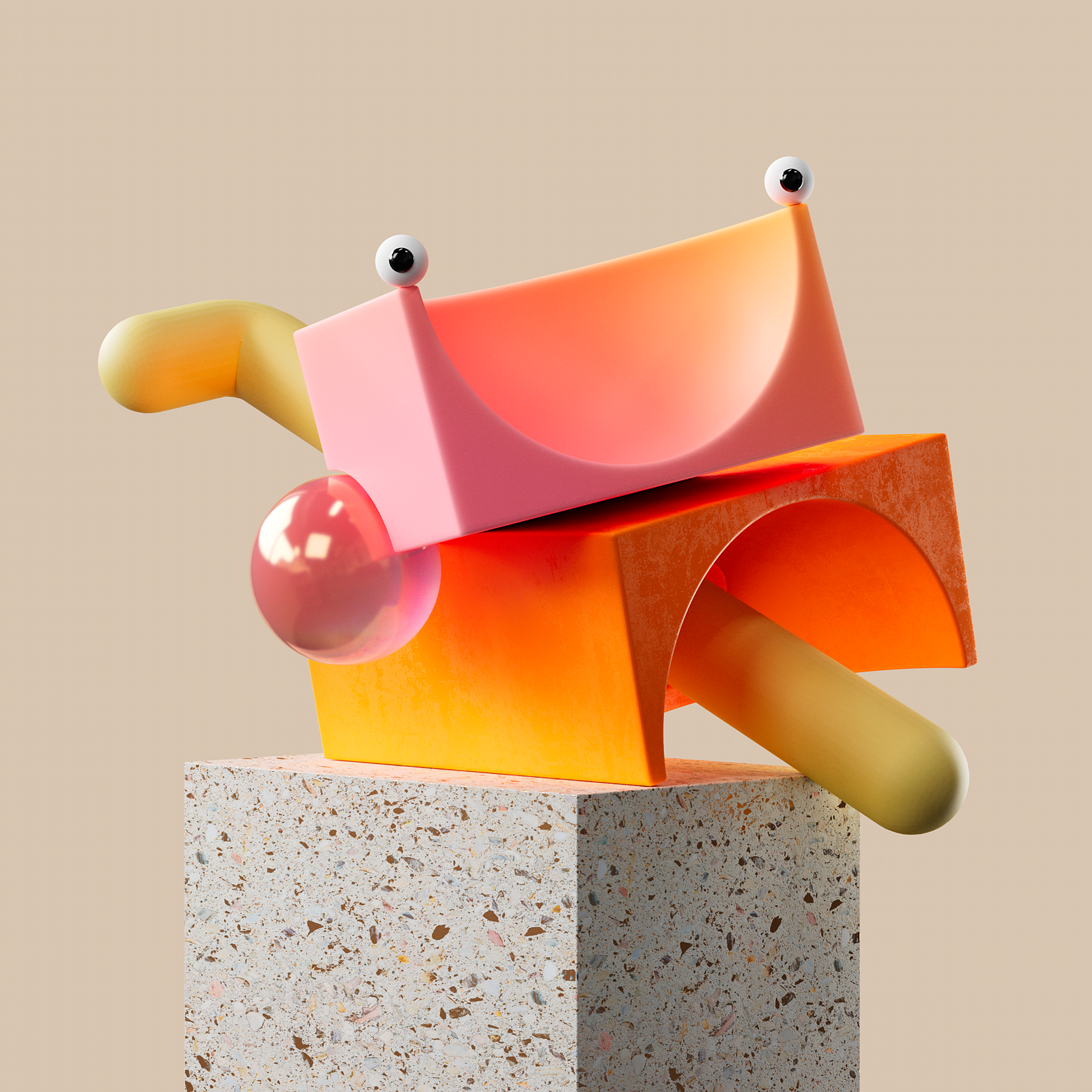


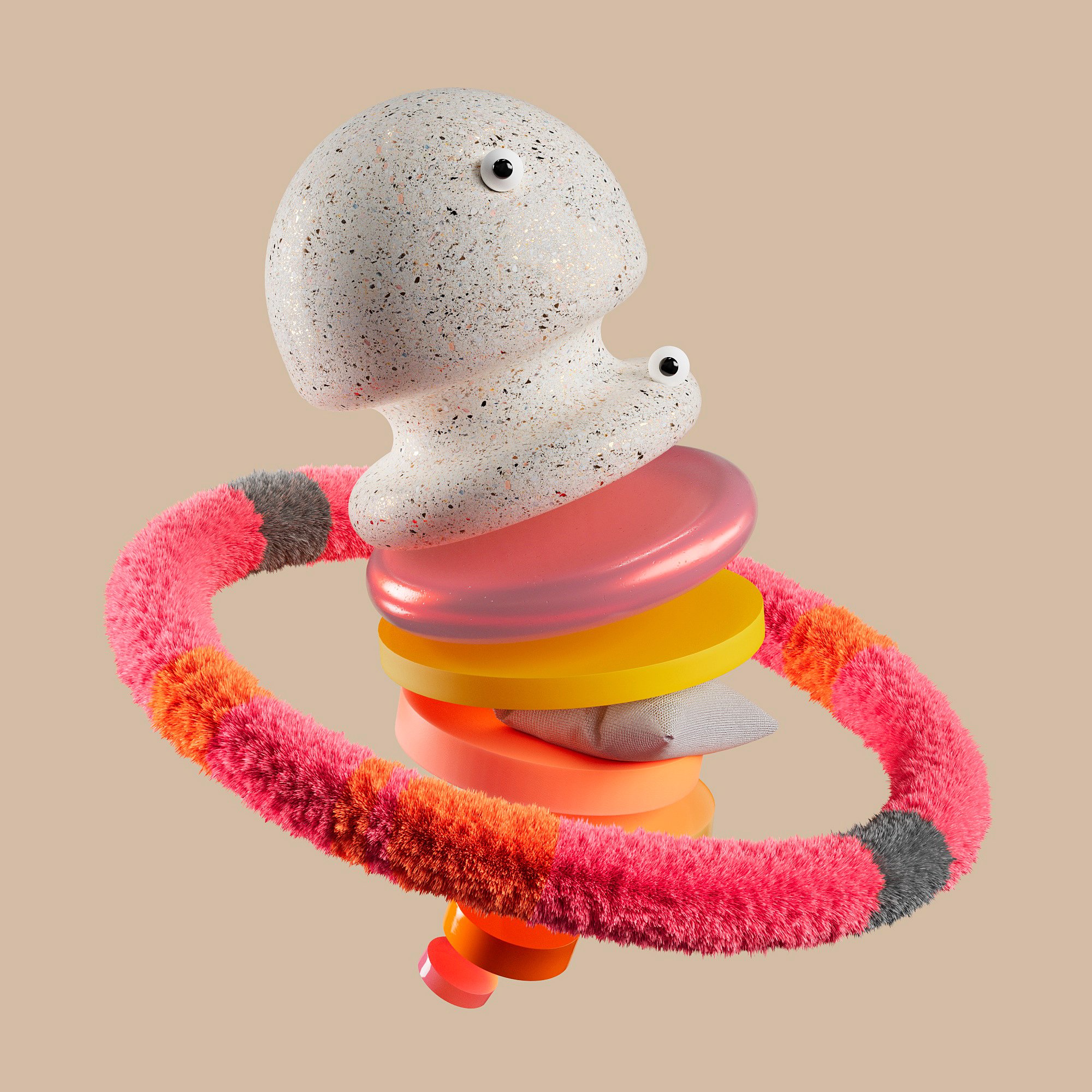

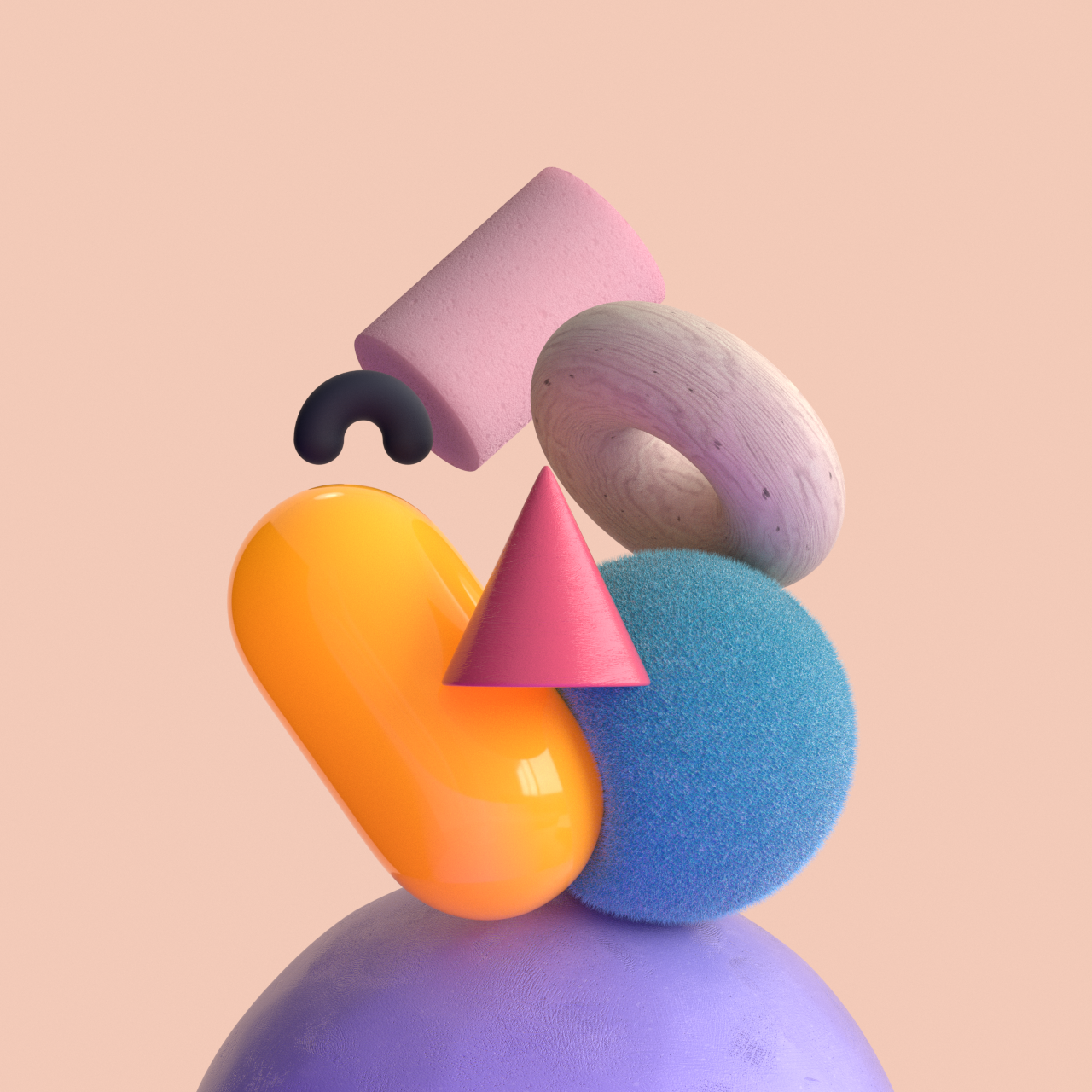
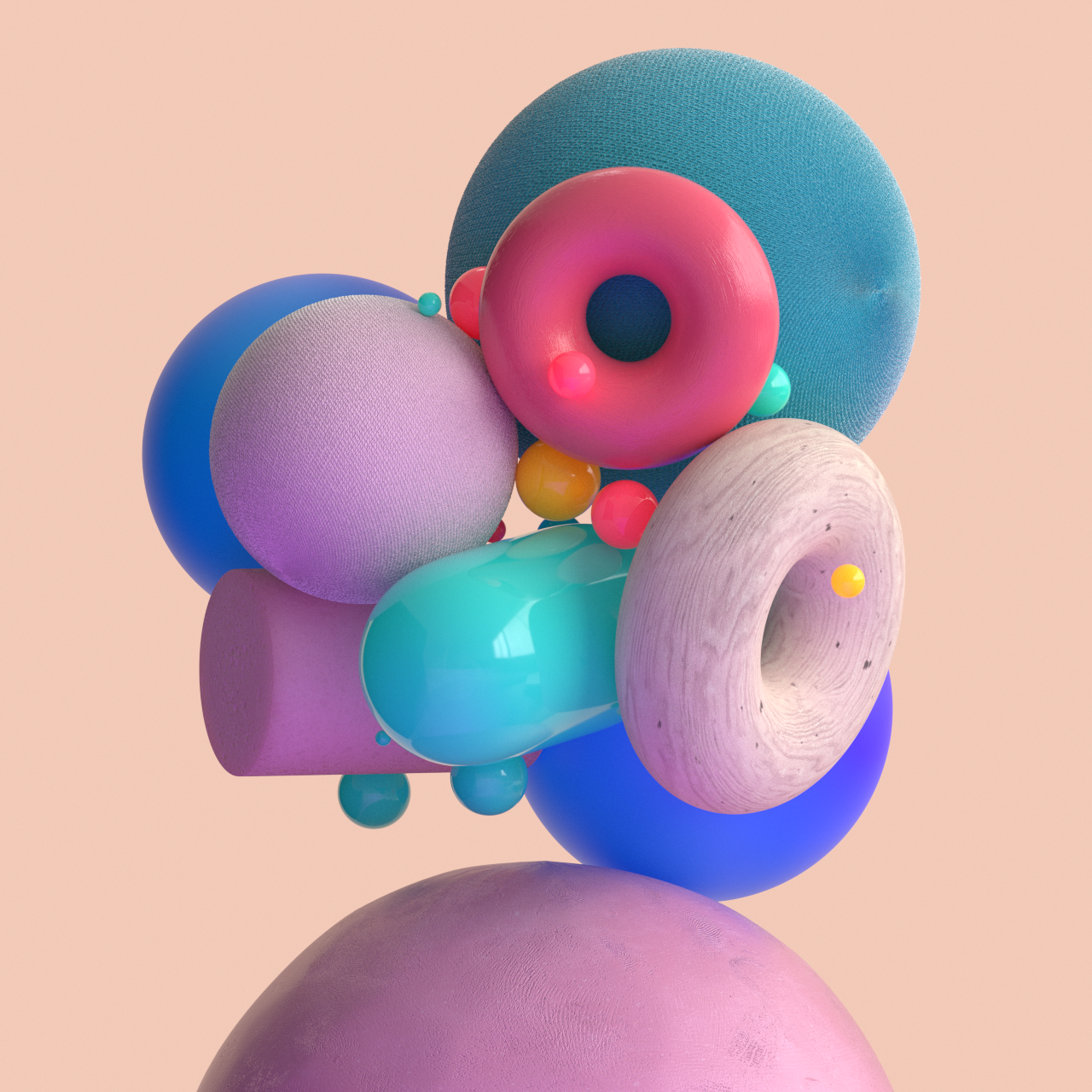
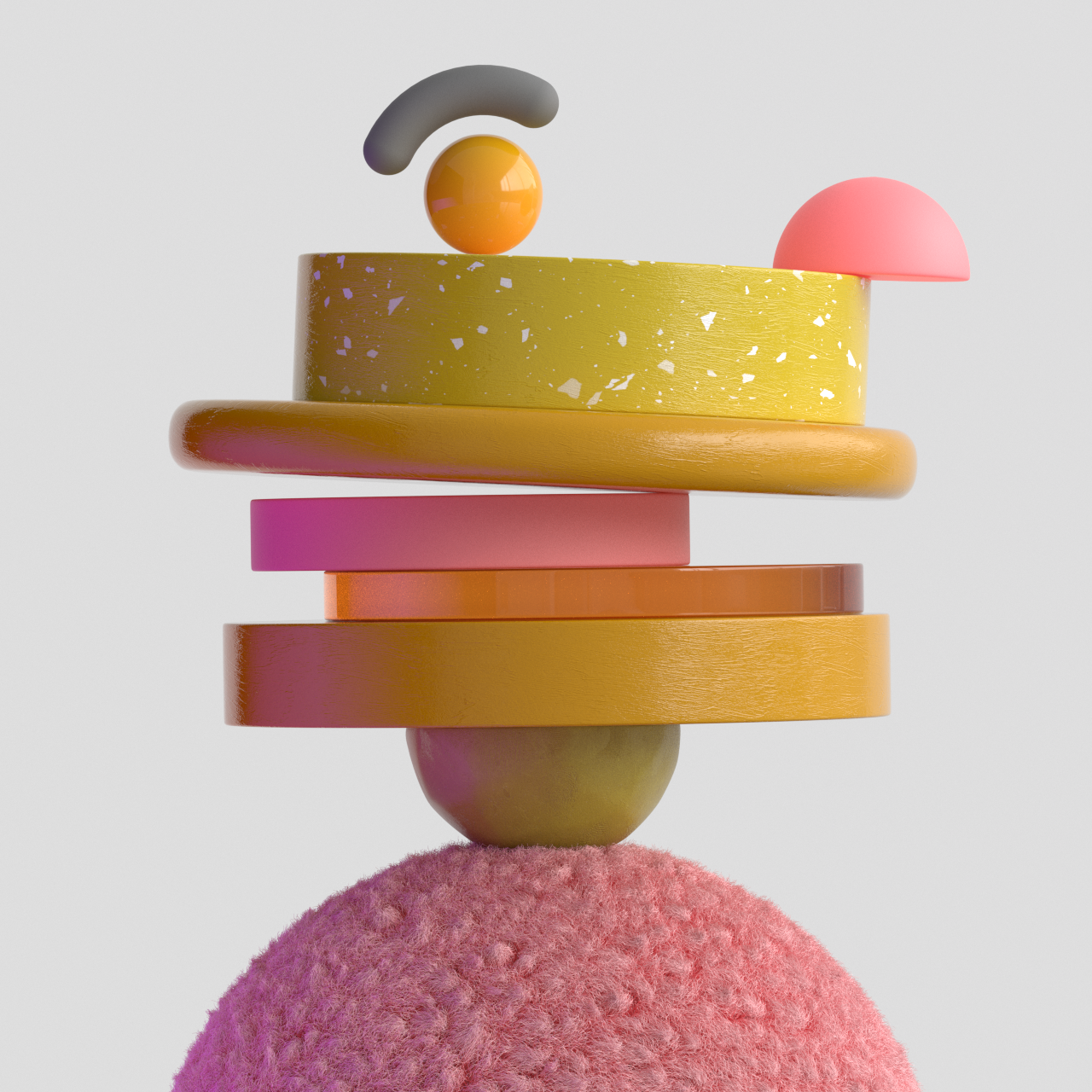



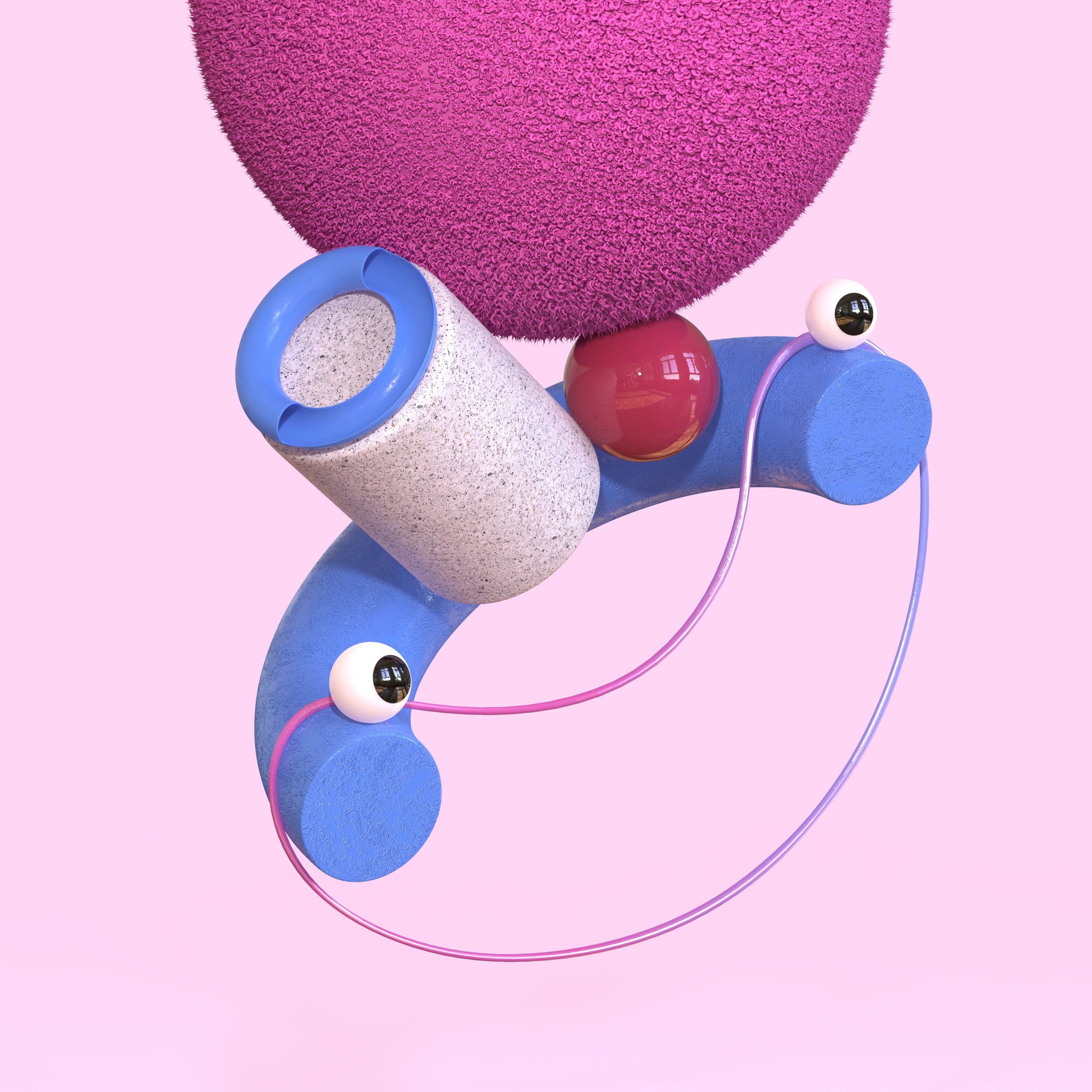
We also discussed how we could convey mood and availability. As seen below, we also experimented with different lighting techniques to help avatars visualize whether a user is busy or unavailable in Microsoft Teams.
Below are some portraits of myself that were created by the folks at Tendril using the same primitives we have explored for the system.
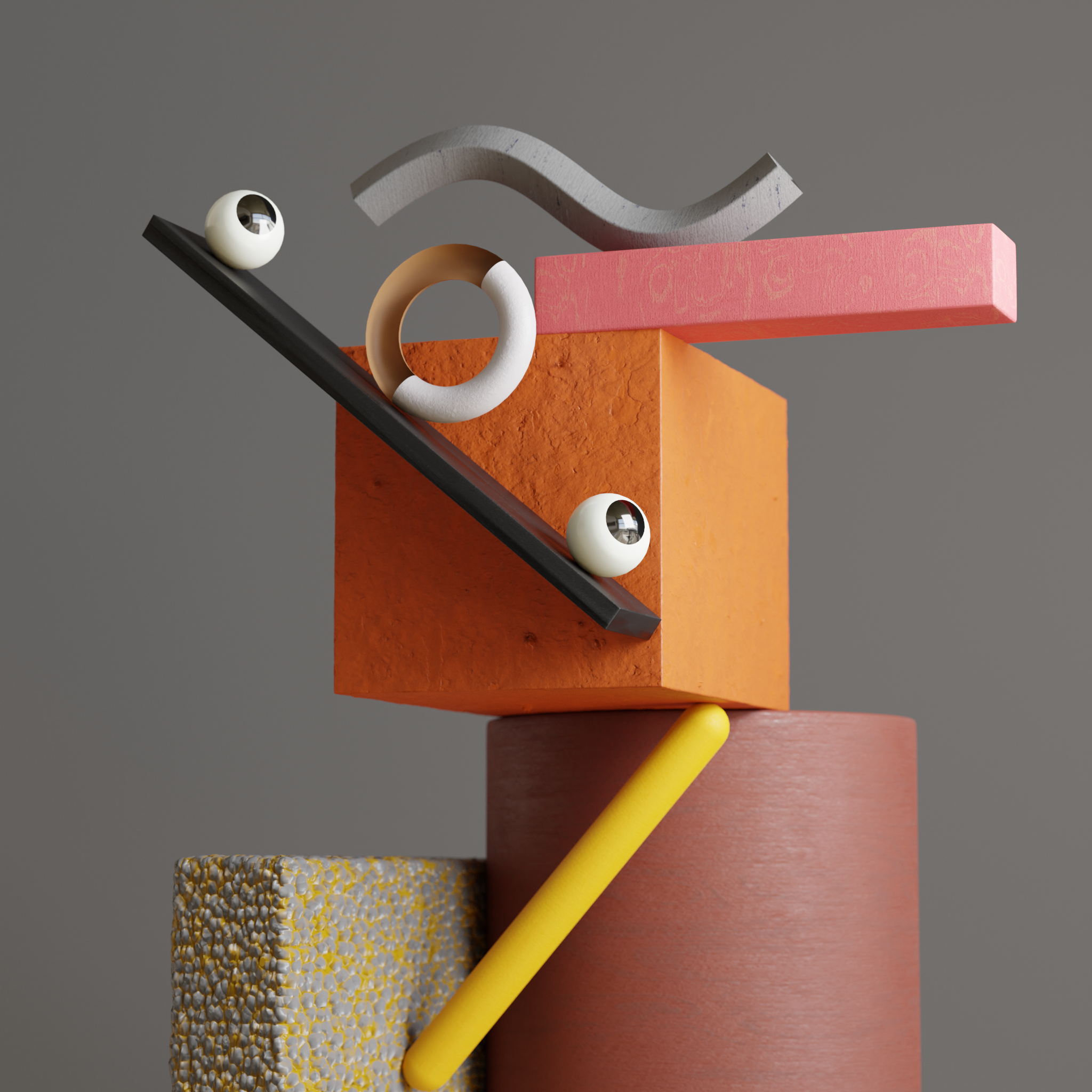
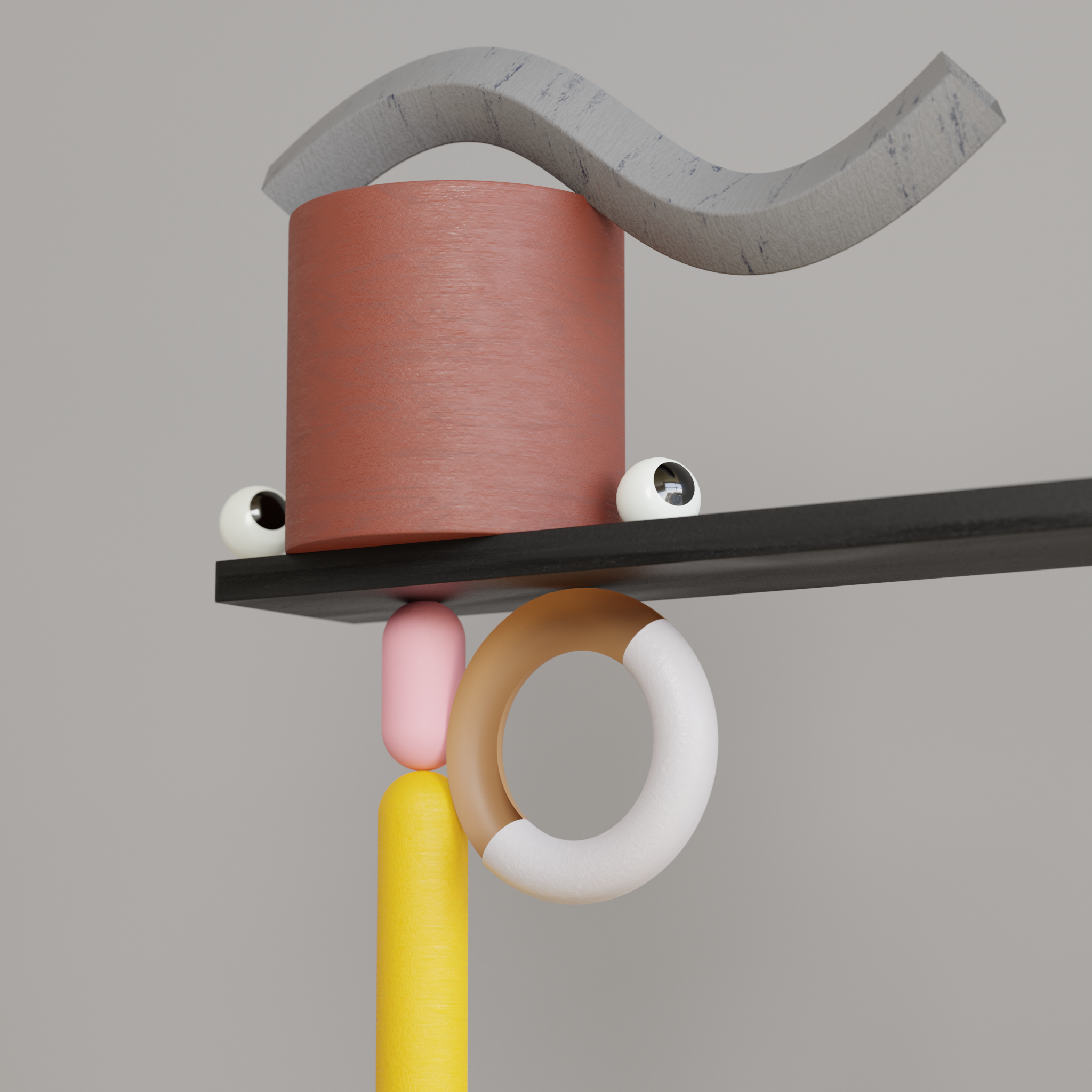
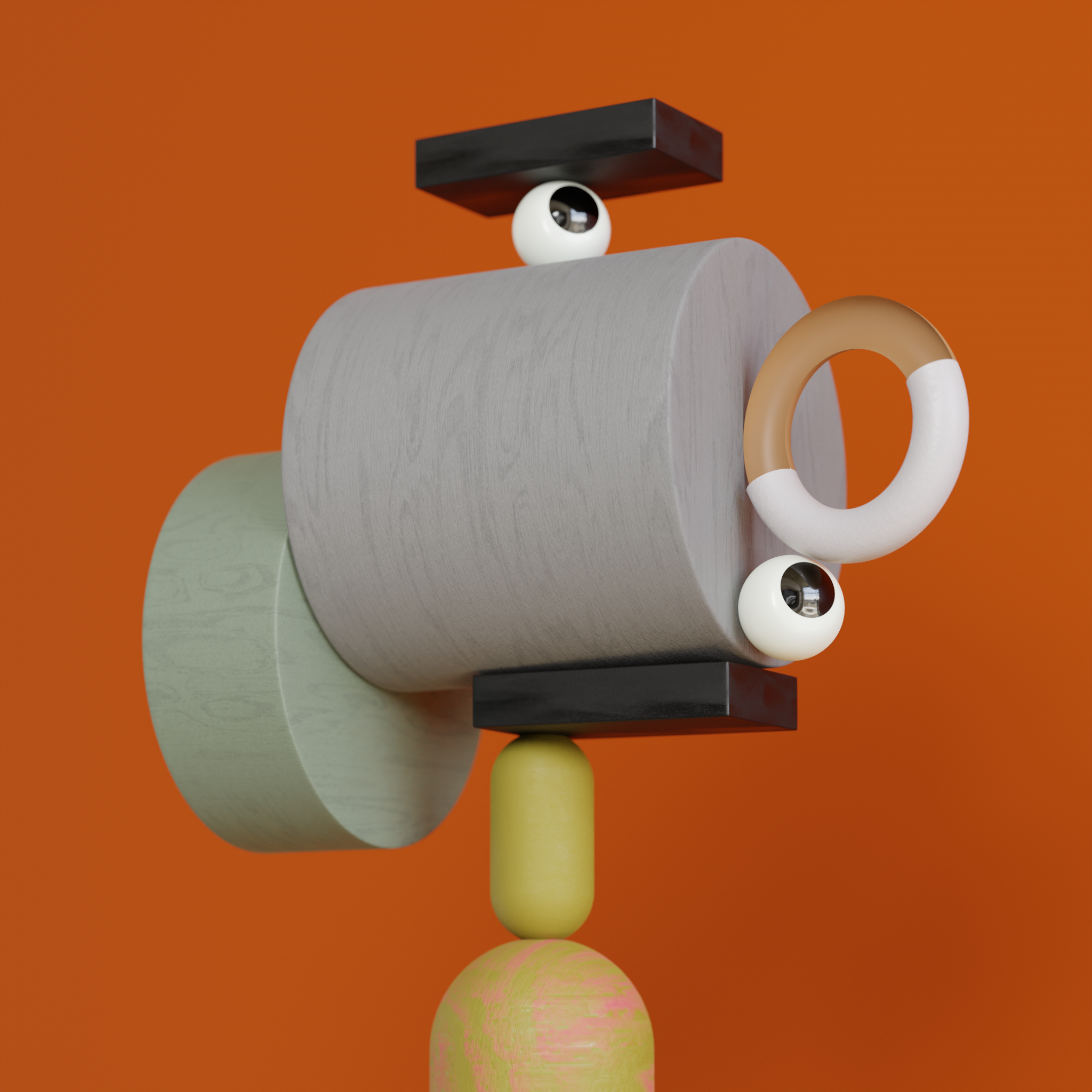



Thank you!
Thanks to my creative partners in this project, Studio Tendril and all of the independent artists that joined us to explore these avatars.
Thanks also to my partners at Microsoft who embraced this work as a way to spark new ideas for self-expression capabilities in our products.


